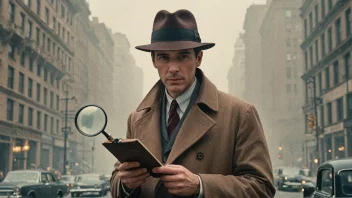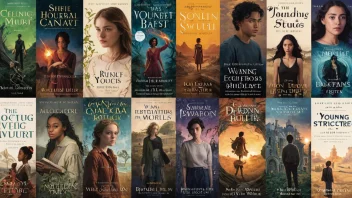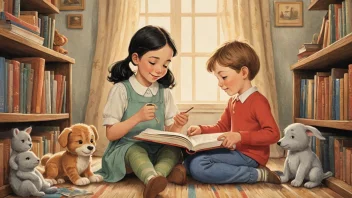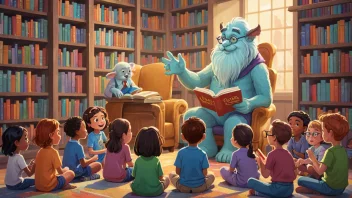In the ever-evolving landscape of young adult literature, creating characters that resonate with readers is both an art and a science. To delve into the intricacies of character development in YA fiction, we turn to the fictional expertise of Mia Hawthorne, a celebrated author and literary consultant known for her immersive storytelling and compelling characters. With a rich background in both creative writing and psychology, Mia brings a unique perspective to the craft of writing engaging young adult characters.
Understanding the Young Adult Experience
Interviewer: Mia, thank you for joining us today. Let's start by discussing what makes the young adult experience so unique. How do you approach character development in this genre?
Mia Hawthorne: Thank you for having me! The young adult experience is a tumultuous time filled with self-discovery, identity formation, and emotional highs and lows. When developing characters for this age group, I focus on authenticity and relatability. Young adult readers are incredibly perceptive; they can spot inauthenticity from a mile away. Characters must reflect the complexities of real life, including the confusion and intensity of their emotions.
Creating Relatable Characters
Interviewer: What specific traits do you think are essential for making YA characters relatable?
Mia Hawthorne: There are several key traits that resonate with young adult readers:
- Vulnerability: Characters who show their fears and insecurities tend to connect deeply with readers.
- Growth: Readers want to see characters evolve. A character who starts in one place and grows through challenges is inspiring.
- Realistic Dialogue: Authentic dialogue can make or break a character. It should reflect how teens communicate, with a mix of humor, slang, and honesty.
Exploring Diverse Perspectives
Interviewer: How important is diversity in character creation within young adult literature?
Mia Hawthorne: Diversity is crucial! Young adult literature should reflect the world our readers live in. This means including characters of various backgrounds, abilities, and experiences. When readers see themselves represented in literature, it validates their own experiences and encourages empathy for others. I believe that diverse characters can lead to richer storytelling and broader discussions around identity and belonging.
Building Conflict and Challenges
Interviewer: Conflict is a driving force in storytelling. How do you suggest balancing character development with plot progression?
Mia Hawthorne: That’s an excellent question! Conflict should emerge naturally from the characters’ desires and flaws. When a character faces a challenge that tests their values or beliefs, it not only creates tension but also propels their development. I recommend crafting a character's journey where each conflict pushes them toward growth. This creates a cohesive narrative that keeps readers invested.
Engaging Readers Emotionally
Interviewer: What techniques do you use to ensure readers are emotionally engaged with your characters?
Mia Hawthorne: Emotional engagement is key. Here are a few techniques I utilize:
- Internal Monologue: Allowing readers access to a character's thoughts can create a deep connection.
- High Stakes: Placing characters in situations where the outcome matters deeply to them elevates the emotional stakes.
- Relatable Flaws: Characters with flaws that readers can relate to—like jealousy, fear of failure, or self-doubt—create empathy and investment.
Final Thoughts on Writing Young Adult Characters
Interviewer: As we wrap up, what final pieces of advice do you have for aspiring writers looking to create compelling young adult characters?
Mia Hawthorne: My advice would be to listen to the voices around you. Pay attention to the struggles, hopes, and dreams of young people today. Write with honesty and vulnerability, and don’t shy away from exploring difficult topics. Lastly, remember that your characters should surprise you—if they don’t, they likely won’t surprise your readers either!






